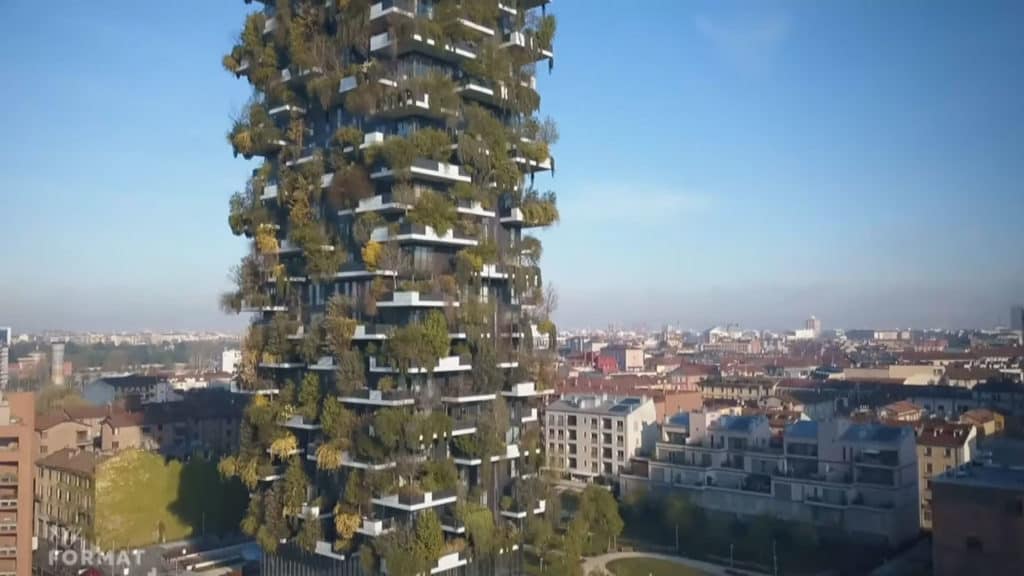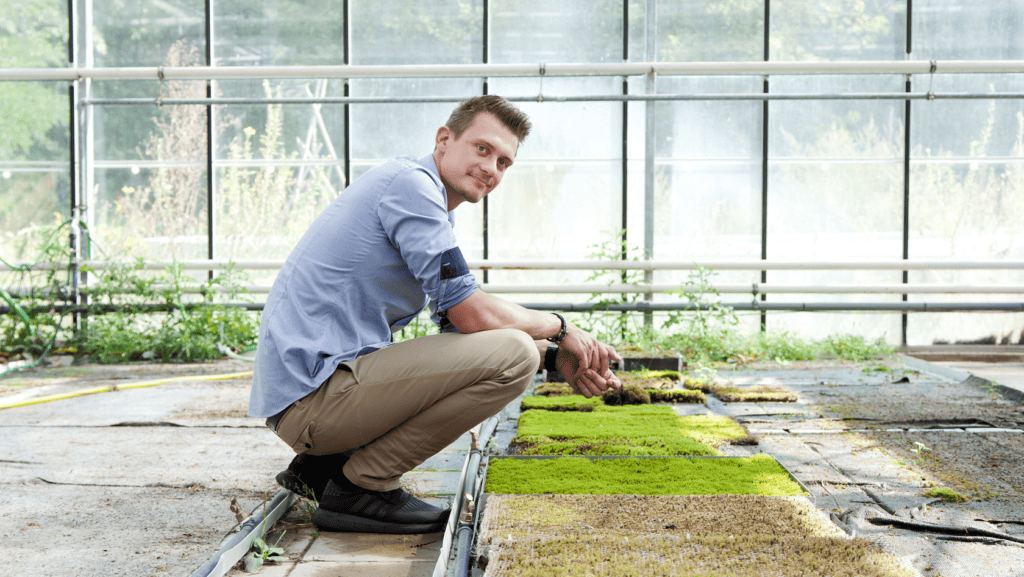SÄNGER’S SIDETONES
Our trees are not doing well at all. Evidence is mounting that the most important natural weapon in the fight against global warming is losing its defensive power not only in the Amazon, due to record deforestation and greed-driven political decisions, but also on our doorstep. In Berlin, a street tree condition report is made every five years. Via color infrared aerial photography (CIR) and parallel sampling tests, the health of urban trees is examined. The result: for the first time, more than half of the city’s green giants are suffering damage. The environmental administration speaks of a “massive deterioration in tree health in recent years.” Strong and long periods of heat in summer, and de-icing salt used against icy winters dry out the trees and make them vulnerable to parasites. In addition, the sharp increase in inner-city traffic stresses lime trees, maples, chestnuts and plane trees in Berlin. A devastating picture. Our natural basis for quality of life in cities is in great danger: the consequences of climate change now being felt will massively accelerate this trend – what do we do?
GREEN, GREEN, GREEN- BUT WHERE TO?
Asked how they imagine life in the city in 2030, many see red – I see green. We need green, green, green. Who would disagree with that? “Because the green in a city, creates quality of life, provides space for rest and recreation, for sports and leisure activities, creates meeting and communication places, provides heat and flood prevention, protects resources that are our basis for life, such as soil and water, and preserves biodiversity.” This is aptly stated in the green and open space development concept of the city of Augsburg. And yet we are heading in the opposite direction. In Germany, the areas on which people primarily live and work, i.e. settlement and traffic, account for 14.4% of the total area. Almost half (45%) of this living space is sealed land, which leaves no room for roots, water, or growth. In the last 30 years, soil sealing in Germany has increased by 4,622 km². That is an average of 178 km² per year – 125 times the area of Hide Park in London. Against the backdrop of housing shortages, it is not bold to assume that this trend will continue.
Sealing stresses urban trees and makes successful tree planting in urban areas difficult. A tree is not blessed with a spreading, shady crown overnight. A newly planted young tree needs a good ten years to reach this stage. During this time, it needs good growing conditions to grow into a stately, healthy street tree. In addition to ecological factors, economics also play a role here. Planting and caring for a tree can cost a city up to 30,000 euros. The rising temperatures in cities also make growing trees particularly difficult. In Vienna, one of the greenest cities in Europe, young trees have died in rows this summer. Similar news is coming from Berlin.
DOWN WITHOUT, UP WITH?
The urban green seems to follow a similar path as the living and working space in dense, sealed urban space. If there’s nothing left at the ground level, then it’s up to the top. Ever heard of the prestigious Bosco Verticale green architecture project? Sure. The greened twin towers, built for the 2014 World Expo, in Milan. But there’s not much more to it than prestige when you consider how expensive the green “farmscrapers” are to build and maintain. Each rental unit costs an additional 1,000 euros for the maintenance of the green space.
To me, it seems more sustainable to green house facades and roofs than to raise trees to 50 meters. The concept is not new, and yet it is currently gaining in importance. Green-enveloped buildings provide large-scale cooling to the inside and outside, create space for biodiversity, provide social and psychological well-being, and improve air quality for city dwellers. It’s a really beautiful idea to wrap the street canyon in green. But even facade greening is still too cumbersome and expensive to make it into widespread (or highspread) use. We will change that!
MOSS: GREAT EFFECT IN A SMALL SPACE
Moss is ideally suited for the vertical. We have amply proven this with our CityTree and CityBreeze moss filters and also in the moss farm where our mosses grow vertically. Another advantage is that mosses do not usually have supporting tissue: most mosses are small and grow flat. So they rely on drawing the maximum possible effect from a small area. Since mosses do not have roots in the true sense of the word, they draw nutrients from the air and can store essentials for survival – such as water – very effectively and for a long time. Due to its many fine, thin hairs, moss acts like a sponge. This is the basis for why mosses are the best natural air purifiers, humidifiers and air fresheners. We are taking advantage of this and multiplying the natural effect through Internet-of(-Living)-Things technology.
We have just completed the first development phase for our facade module, the WallBreeze. Using active ventilation and irrigation, the modules can be used regardless of the weather. The installed sensor technology collects environmental data and provides the proof of effect at the same time. Through regular performance reports showing the amount of purified air and filtered pollutants, we want to further raise awareness of the issue of air quality. Thus, facades equipped with our green, dense moss modules become beautiful, smart and effective. A specially developed bio-algorithm, which brings together years of research into the preferences of our favorite plant, ensures that the moss receives the best possible care. Maintenance is minimized and can be predicted and planned based on vitality data. We want better air. Now and for everyone. That’s why we’re working on solutions that can be used anywhere in the city, not just in the luxury district. In other words, the counterpart to the Bosco Verticale: easy to integrate, modular and cost-effective.
We are currently negotiating the first pilot projects in public spaces (including in Berlin) and can hardly wait to report on the first projects. Next year, the motto for us will be Large Scale Fresh Air. We want to integrate entire soccer fields of moss in urban spaces. So that no wall remains gray. In this way, we will prevent heat islands and generate clean and fresh air for thousands of people to breathe. We create an urban climate that will be the breeding ground for the best quality of life. Then even the city trees can recover.


